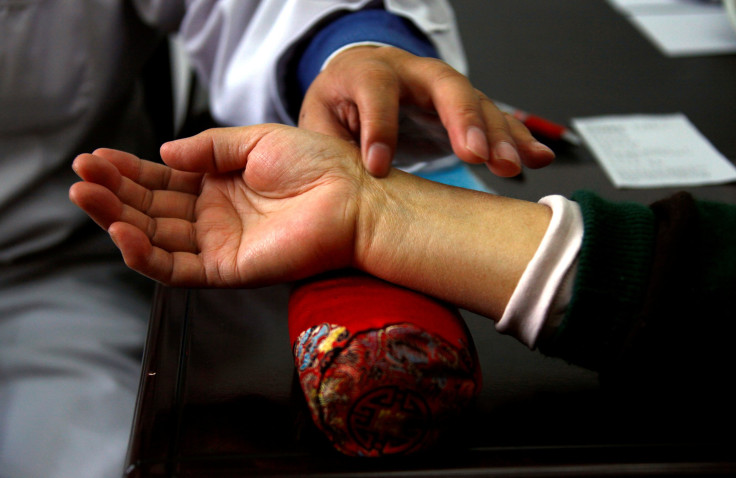Scientists discover way to reverse pain caused by diabetic neuropathy

Research reveals that one Australian develops diabetes every five minute and half of them end up suffering peripheral nerve damage. Known in short as diabetic neuropathy, this condition changes the touch receptors of the skin into pain receptors, making even a slight touch painful for the patient. Scientists now have learnt how to reverse this trouble.
An international team of researchers under the leadership of Australian and German scientists have identified and tested a molecule capable of inhibiting the protein under the skin that causes this change. The findings were published in the Nature Neuroscience journal.
The researchers believe that this will improve the quality of life for those suffering from common complication from diabetes. The test was done on mice and they found out that the new protein would block the channels of nerve that trigger pain. A cure for diabetic neuropathy is yet to be discovered. Still, scientists are hopeful that the finding will result in a drug meant to help patients manage this pain. Senior Australian co-author Dr Kate Poole, who was part of the research team, also attests to the observation. On Dec. 9, scientists had announced that they have found an ointment that may ease diabetic neuropathy-related pain.
What is diabetic neuropathy?
Diabetic neuropathy is a condition where nerves get damaged due to diabetes. The disease may affect the nerves in the entire body but diabetic neuropathy generally affects feet and legs.
Diabetic neuropathy symptoms
Symptoms of the disease may vary depending on the physical condition of the person. The following are common symptoms:
- Loss of balance
- Deformity or blisters on the feet
- Extreme sensitivity to heat and cold
- Lack of sleep






